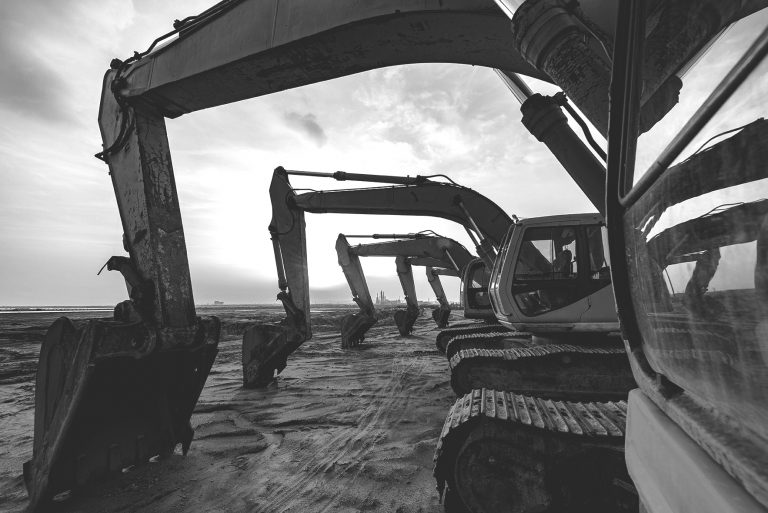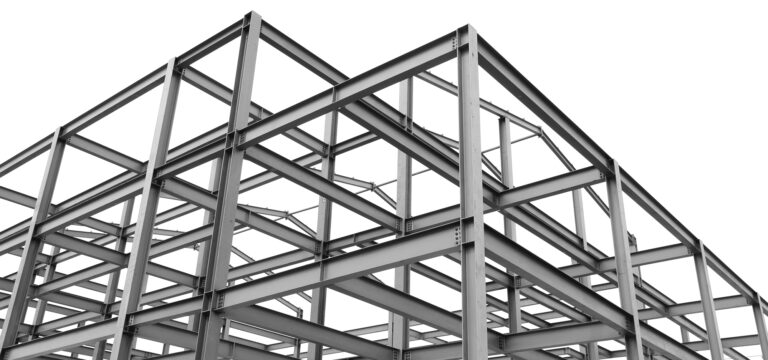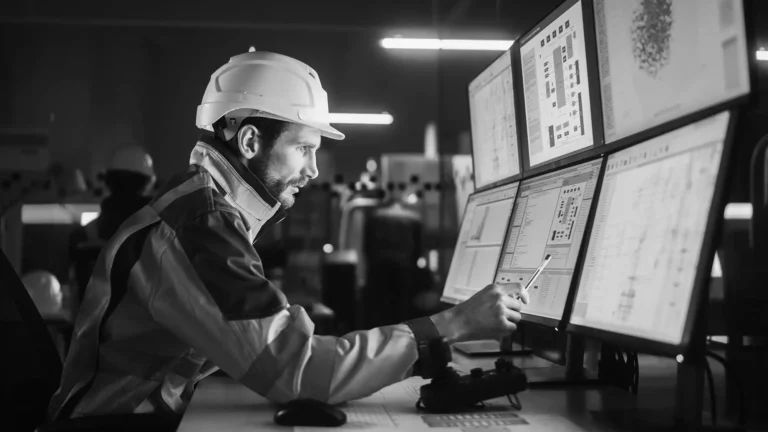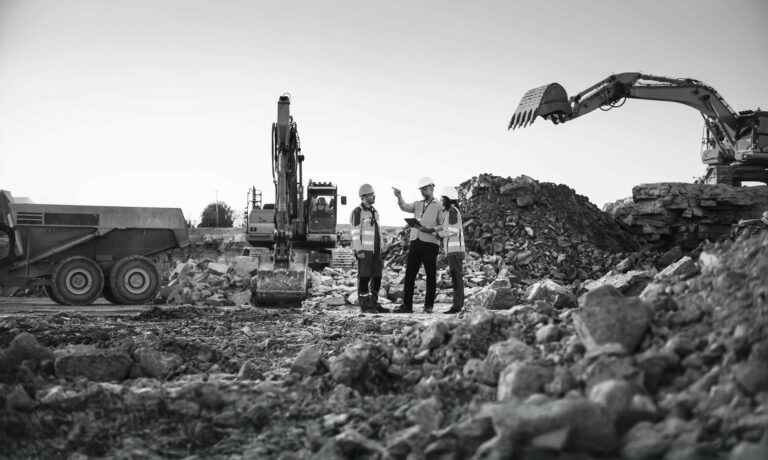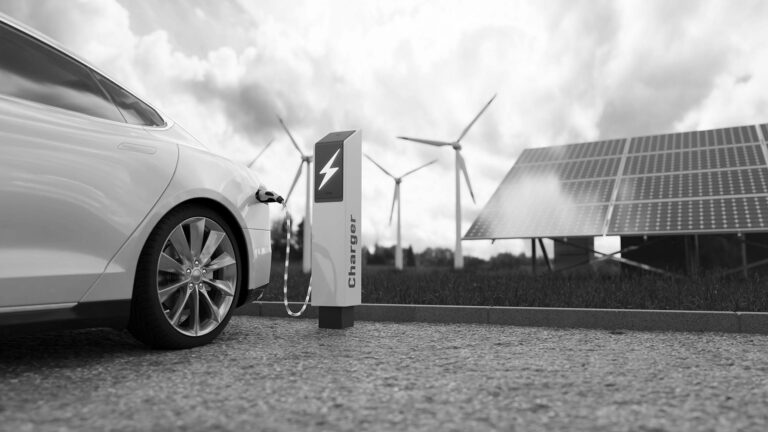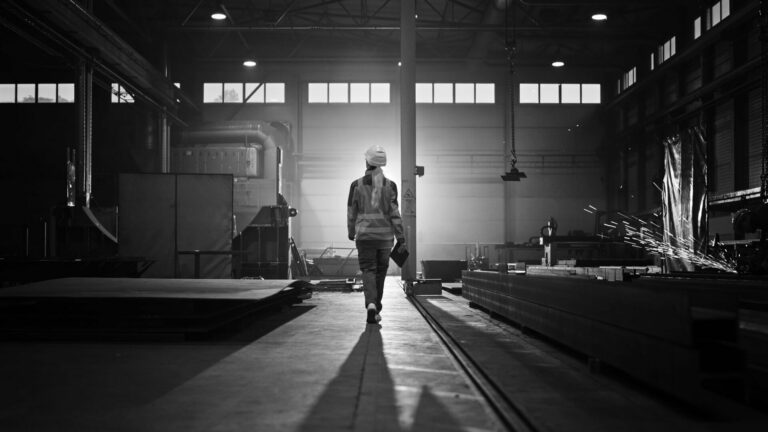For decades, Canada’s infrastructure ambitions have often struggled against the weight of bureaucracy, regulatory overlap, and long timelines. Projects deemed vital to the nation’s economic and social fabric sometimes languished for years in approval processes, their momentum lost to paperwork and procedural delays. On September 11, 2025, Prime Minister Mark Carney sought to change that narrative. Announcing the creation of a Major Projects Office (MPO), Carney promised a new era in which major infrastructure, energy, and resource projects would no longer wait a decade to break ground. Instead, they would move from application to construction within two years, reshaping how Canada builds, and how quickly.

The MPO is not just another federal agency. It is conceived as a central hub, designed to cut through jurisdictional overlap and coordinate between federal, provincial, and territorial bodies. Its mandate is clear: to identify projects of national interest, shepherd them through regulatory review, and deliver faster approvals without sacrificing environmental standards or meaningful engagement with Indigenous communities. Dawn Farrell, appointed as CEO, has emphasized that speed will not come at the expense of consultation, but through coordination and clarity. In practice, that means fewer duplicative reviews, clearer timelines, and a single window through which proponents and governments can work.
The scale of this ambition is evident in the first five projects selected under the MPO’s fast-track regime. Each represents a sector that is critical to Canada’s future, from energy to minerals to transportation, and together they paint a picture of a country ready to build across its full geography. In Kitimat, British Columbia, LNG Canada Phase 2 will double the country’s liquefied natural gas capacity, opening export channels to global markets and reinforcing Canada’s position as an energy supplier. In the same province, the Red Chris Mine Expansion will increase production of gold and copper, two metals essential to both global trade and the clean-energy economy. Moving eastward, Saskatchewan’s McIlvenna Bay Copper Mine adds to Canada’s growing critical minerals sector, a cornerstone of international supply chains in an age of geopolitical uncertainty. In Ontario, the Darlington Small Modular Reactor reflects a pivot toward reliable, low-carbon nuclear energy, and in Quebec, the Contrecœur Terminal Expansion will increase container port capacity, strengthening Canada’s logistics and trade networks.
“LNG Canada Phase 2 will double the country’s liquefied natural gas capacity, opening export channels to global markets.”
Each of these projects tells its own story, but together they symbolize a national strategy. The geographic spread, from the resource-rich Northwest to the industrial heartland of Ontario and the ports of Quebec, underscores the government’s “build everywhere” mindset. The diversity of sectors reflects Canada’s attempt to simultaneously pursue economic growth, energy transition, and trade diversification. And the scale of ambition speaks to a larger promise: that Canada will no longer be defined by delays, but by delivery.
For industry, the announcement has been received with cautious optimism. Construction, engineering, and energy firms have long argued that Canada’s regulatory processes have undermined competitiveness, with major projects often stuck for years in environmental assessments and consultation requirements. The government’s new benchmark —two years from application to construction—is a sharp departure from timelines that frequently stretched into a decade or more. It is, as the Prime Minister put it, about “turbocharging growth” and restoring Canada’s reputation as a country that can get things built.
The economic stakes are significant. Federal estimates suggest that these projects, and those that follow, could generate over CAD$60 billion in growth, alongside tens of thousands of jobs in construction, trades, and supply chains. The LNG expansion alone is expected to attract billions in investment, while the Darlington nuclear project could shape the future of clean baseload energy in Ontario for generations. For port operators in Quebec and miners in Saskatchewan and British Columbia, the potential is just as transformative, unlocking trade routes and critical mineral supplies in a world increasingly defined by supply-chain fragility.
Yet the challenges are real. Environmental organizations have already warned that speed must not become a synonym for carelessness. Indigenous leaders have urged the government to ensure that fast-tracking does not mean bypassing the duty to consult, or reducing engagement to a box-ticking exercise. Carney and Farrell have both stressed that consultation and environmental standards will remain intact, but that integration, one process instead of several, a clear timeline instead of uncertainty, will make them more effective rather than less. The balancing act will be delicate.
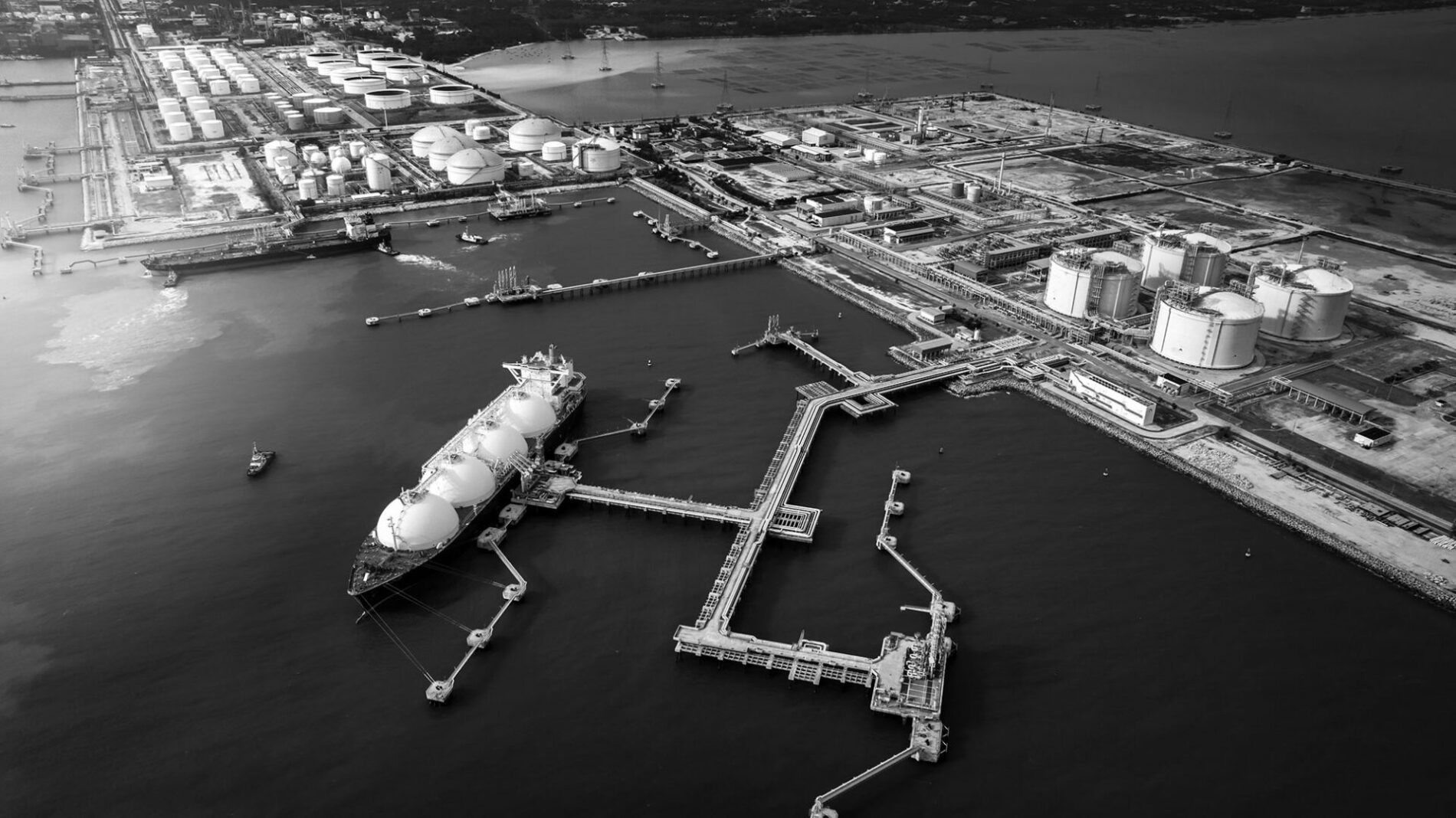
The creation of the MPO also reflects broader global pressures. Canada’s peers in the G7 and beyond are moving aggressively to secure supply chains, particularly for critical minerals and low-carbon energy. The United States, through the Inflation Reduction Act and related measures, has thrown unprecedented subsidies at clean energy and manufacturing. The European Union has its own Green Deal industrial strategy. In this landscape, Canada risks falling behind if it cannot deliver the infrastructure and resource projects that underpin competitiveness. Fast-tracking is, in this sense, not just about bureaucracy but about geopolitics: the ability to secure investment, diversify trade, and project reliability on the world stage.
Industry groups have described the announcement as an “exciting moment” for Canada’s construction sector. For builders, engineers, and contractors, the prospect of a steady pipeline of projects, backed by federal coordination and funding, means visibility, stability, and opportunity. For workers, it promises jobs not just in urban centers but across rural and resource-dependent regions. And for communities, it offers the prospect of improved infrastructure, from ports to power plants, with all the secondary economic benefits they bring.
Still, execution will matter more than announcement. Fast-tracking a nuclear reactor or a major LNG expansion requires not only political will but also regulatory capacity. The MPO will need to be staffed with experts capable of navigating environmental, financial, and Indigenous engagement challenges. Provincial and territorial governments will need to align their processes with federal objectives. And communities will need to see tangible benefits, not just promises. The government’s credibility will rest not on press releases, but on whether shovels are in the ground on schedule.
Looking ahead, the MPO’s success will likely be judged on several fronts. Can it deliver approvals within the promised two-year window? Can it maintain the trust of Indigenous communities and environmental stakeholders while moving at unprecedented speed? Can it attract and coordinate the private investment needed to scale projects of this magnitude? And, perhaps most importantly, can it sustain this model beyond the first wave of projects, institutionalizing a culture of speed and coordination across the federal system?
For now, the optimism is palpable. Canada has set out a vision of itself as a country that can build big again, not by sacrificing its values, but by aligning them with urgency. The five inaugural projects, spanning energy, minerals, nuclear power, and port expansion, are more than individual developments. They are a statement of intent: that Canada is ready to build the infrastructure of the future quickly, strategically, and inclusively.
From bridges and railways in the 19th century to pipelines and highways in the 20th, Canada’s nation-building has always been measured in steel, concrete, and time. In the 21st century, time itself may be the most precious resource. By promising to cut approval timelines from a decade to two years, the federal government is betting that speed and strategy can coexist. If it succeeds, Canada’s next generation of infrastructure may arrive not years too late, but just in time.




